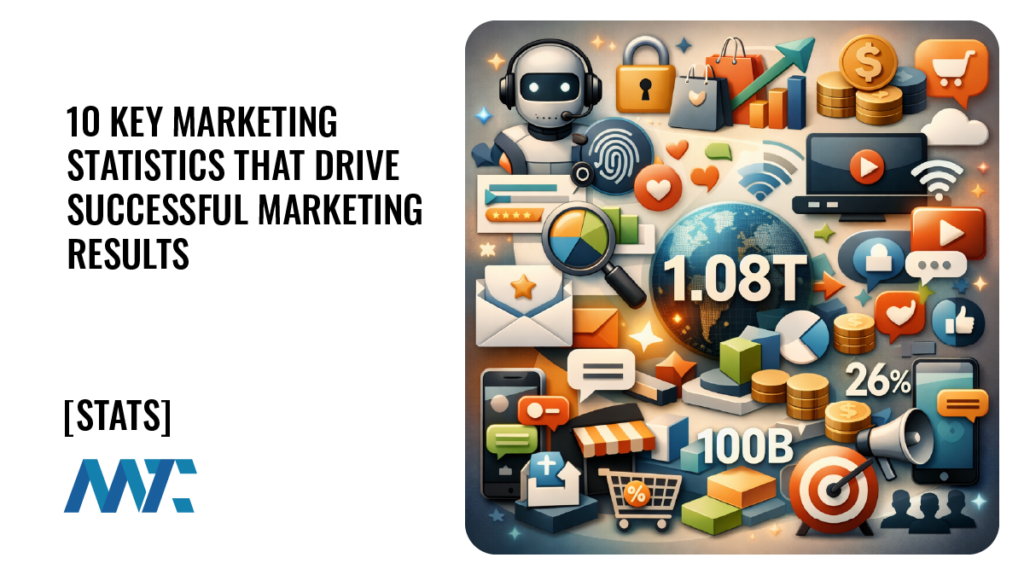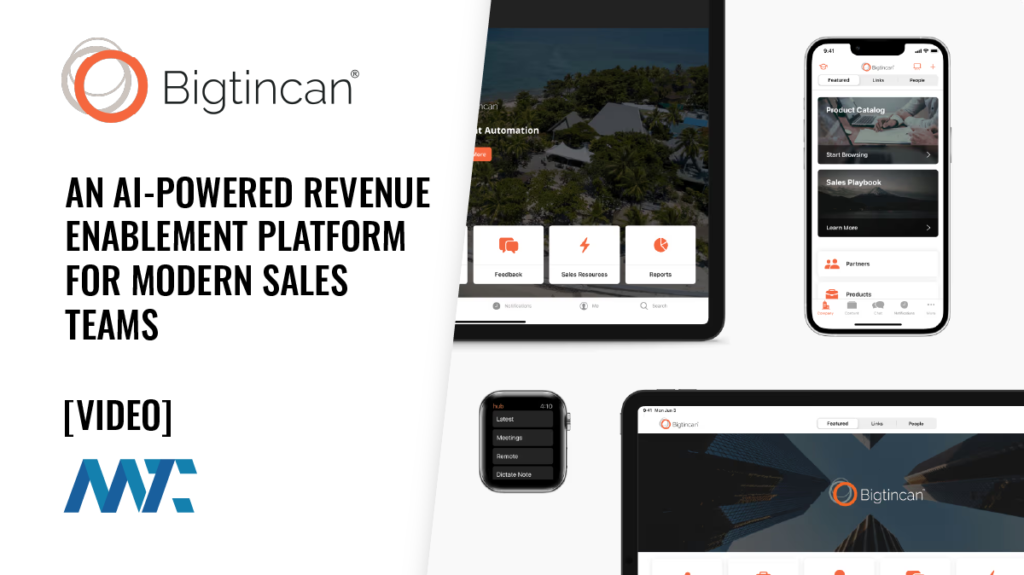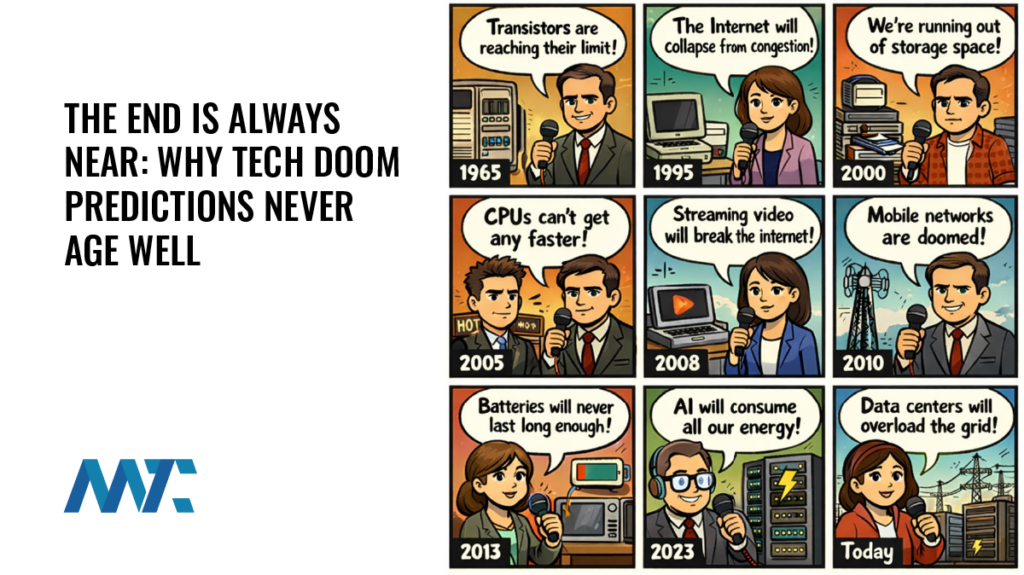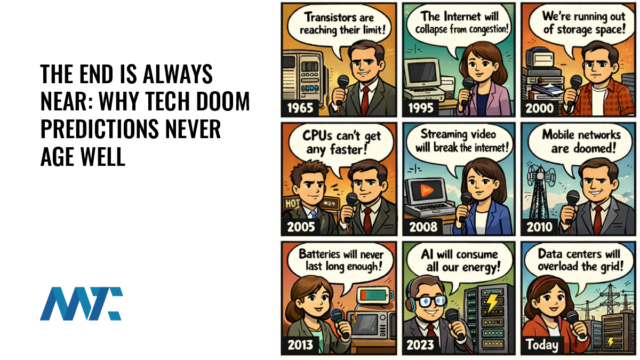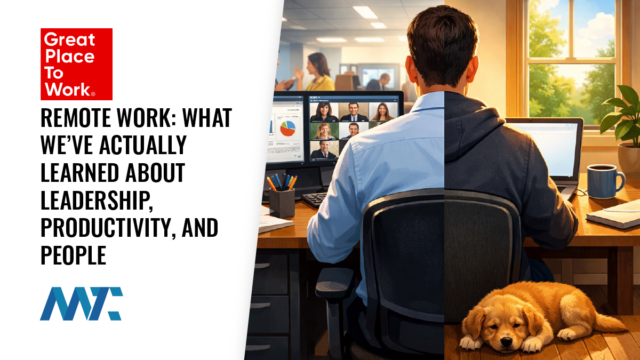Customer-Facing Devices: How Bandwidth, Wi-Fi, AI, and Affordable Tech Are Transforming Retail

The retail landscape has undergone a significant transformation in recent years, driven by the convergence of high-speed connectivity, artificial intelligence (AI), and cost-effective technologies. This synergy empowers retailers to deploy a new generation of customer-facing devices that deliver previously unattainable real-time, personalized marketing and sales experiences.
Advancements in 5G and Wi-Fi infrastructure have laid the foundation for seamless, high-speed data transmission within retail environments. This connectivity enables devices to communicate instantaneously, facilitating real-time updates and interactions. Simultaneously, AI technologies have matured, allowing for sophisticated data analysis and personalized customer engagement. The decreasing cost of sensors, displays, and computing hardware has made these innovations accessible to a broader range of retailers, from large chains to small businesses.
Categories of Customer-Facing Devices
The integration of these technologies has led to the emergence of various customer-facing devices, categorized as follows:
Digital Devices: Enhancing Digital Interactions
The global digital signage market is projected to reach $23.05 billion by 2025, with the retail sector accounting for approximately 25% of all installations. This growth is driven by the demand for dynamic, personalized content delivery in retail settings.
fugo.ai
These devices serve as dynamic platforms for delivering digital content and engaging customers through interactive experiences.
- Digital Signage: Modern digital signage systems now have AI capabilities, enabling them to adapt content based on real-time data such as customer demographics, weather conditions, and inventory levels. For instance, a digital sign might display different promotions depending on the time of day or the profile of the customer viewing it.
- Tablets and Digital Kiosks: These devices offer interactive interfaces for customers to browse products, access information, or place orders. They can be strategically placed throughout the store to assist customers in finding products or learning more about offerings.
Transactional Devices: Streamlining Customer Transactions
The market for point-of-sale (POS) systems is expected to grow from $33.41 billion in 2024 to $110.22 billion by 2032, indicating a significant investment in transactional technologies to enhance customer service.
Napco
These devices focus on expediting purchasing, enhancing efficiency, and reducing wait times.
- Mobile Point-of-Sale (mPOS) Systems: mPOS devices allow sales associates to complete transactions anywhere in the store, providing flexibility and reducing checkout lines.
- Tabletop POS Systems: Commonly used in restaurants and cafes, these systems enable customers to place orders and make payments directly from their tables.
- Order Fulfillment Devices: These include handheld scanners and mobile printers used by staff to process orders and manage inventory in real-time.
Experiential Devices: Elevating the Customer Experience
The number of cellular IoT connections in the global retail industry is projected to reach 217.7 million by 2028, highlighting the increasing reliance on IoT devices for various retail applications.
GlobeNewsWire
Experiential devices aim to create immersive and personalized shopping experiences.
- Internet of Things (IoT) Sensor Hubs: IoT devices collect data on customer behavior, such as movement patterns and dwell times, allowing retailers to optimize store layouts and product placements.
- IoT Headless Devices: These devices operate without traditional user interfaces, integrating seamlessly into the environment to provide services like automated lighting, temperature control, or personalized audio messages based on customer preferences.
- Augmented Reality (AR) Devices: AR technology overlays digital information onto the physical world, enabling interactive experiences. Retailers use AR for virtual try-ons, product visualization, and gamified store experiences, enhancing customer engagement and satisfaction.
How Customer-Facing Devices Impact the Retail Customer Journey
Customer-facing devices don’t exist in isolation — their real value is unlocked when integrated into every customer journey stage. From discovery to purchase to post-sale engagement, these technologies shape how customers interact with a brand, gather information, make decisions, and stay loyal.
Here’s how each category of devices influences the retail customer journey, along with actionable takeaways for retailers looking to implement them effectively.
Digital Devices: Influence Discovery and Consideration
Digital signage, kiosks, and tablets are often the customer’s first touchpoint in-store. They create awareness, drive traffic to products, and educate. They do this by:
- Capturing attention with personalized, dynamic content.
- Educating customers quickly through interactive product finders or comparison tools.
- Supporting promotions tied to real-time conditions like inventory levels, weather, or local events.
Tips
- Use AI-powered digital signage to rotate content dynamically based on audience demographics or dwell time.
- Place interactive kiosks near high-margin or complex product categories to assist and upsell.
- Ensure content strategy aligns with store layout — guiding traffic flow toward featured products.
Transactional Devices: Accelerate Decision and Purchase
Transactional devices like mPOS systems and order fulfillment technology make the transition from browsing to buying as seamless as possible. These devices:
- Reduce friction at checkout — faster transactions lead to better customer satisfaction.
- Enable endless aisle experiences, letting customers order out-of-stock or online-only items in-store.
- Provide mobile payment options and digital receipts for convenience.
Tips
- Equip store associates with mobile POS to turn any interaction into a sales opportunity.
- Integrate inventory systems so staff can locate and order unavailable products from other locations or online.
- Offer multiple payment options, including contactless, QR code payments, and digital wallets.
Experiential Devices: Differentiate and Build Loyalty
Experiential devices, including IoT systems and AR, create memorable engagements, influencing loyalty and repeat visits. Here’s how they impact the customer journey:
- Deliver personalized experiences that surprise and delight.
- Provide utility-driven services (like AR guides or smart fitting rooms) that reduce purchase hesitancy.
- Enable data capture through interactive experiences for future marketing.
Tips
- Leverage IoT sensors to analyze foot traffic patterns and optimize product placement over time.
- Implement AR features in-store or in-app to allow customers to visualize products in their space.
- Use smart displays or IoT-enabled loyalty programs to deliver tailored rewards and offers in real-time.
By understanding how each category of customer-facing device maps to the customer journey, retailers can invest wisely, deploy technology with intention, and transform their stores from simple sales environments into personalized engagement hubs.
Takeaways
Retailers preparing to implement customer-facing technology should consider the following strategic actions:
- Use digital devices with customer discovery moments to inform, guide, and persuade.
- Deploy transactional devices to minimize checkout friction and create a faster path to purchase.
- Use experiential devices to create differentiated brand moments that drive loyalty and word-of-mouth.
- Ensure all devices are connected to a central data system (CDP, CRM) for a unified customer view.
- Test and measure everything — from engagement rates on digital signage to conversion rates via mPOS.
- Train staff thoroughly — technology should enhance human interaction, not replace it.
- Optimize Wi-Fi and bandwidth infrastructure to support seamless device communication and customer connectivity.
- Consider the phygital strategy—blending physical retail with digital technology to offer customers the hybrid experiences they now expect.
The future of retail is not just digital — it’s deeply human, powered by smart devices that understand and serve the customer better at every step.

